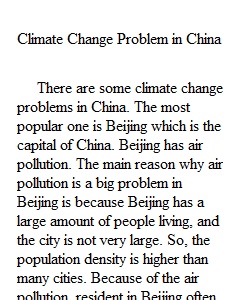


Q Some Ideas for Your Peer Review Assignment 1. When you finish reading the draft, recall the most memorable moments without rereading the draft (….This is what struck me as I read your essay). 2. Jot down ideas, suggestions, or questions you want to raise. 3. Summarize the writer’s main point (the significance of the story). (This is what I think you are trying to say…) 4. Respond honestly, thoroughly, and tactfully to the writer’s Dear Reader questions and concerns. How to Respond in Helpful Ways to a Peer’s Draft 1. The Assignment. Does the draft carry out the assignment? How might the writer better fulfill the assignment? 2. The Title and Introduction. Does the title tell the reader what the draft is about? Does it catch the reader’s interest? What does the opening accomplish in terms of hooking the reader’s interest? How else might the reader begin the essay? Does the final sentence of the introduction create suspense and relate to the body of the essay? 3. Organization. How is the draft organized—chronologically, In media res, starting at the end? Is this type of organization effective or will the essay benefit from changing its organizational pattern? What suggestions can you make for transitions between paragraphs that make connections clearer and easier to follow? 4. The Sentences. Choose three (or more) sentences you consider the most interesting or best written –stylistically effective, entertaining, or humorous. Then choose three sentences you see as weak—confusing, awkward, or uninspiring. Advise your peer on how to revise those three weak sentences. 5. The Words. Highlight three (or more) words that are particularly effective. Underline the words that are weak, vague, or unclear. Do they need to be replaced? Do you have any suggestions? 6. Writer’s Tools. Does the writer use a variety of writer’s tools—dialogue, sensory details, descriptions--effectively? Where would you suggest adding or removing any of these tools? 7. The tone. What is the dominant impression does the draft create—serious, humorous, satiric, objective, emotional? Is the tone appropriate for the topic? Is it consistent? Mark specific places where the writer’s voice comes through most clearly. Ask the writer if this is the intended tone. 8. The Conclusion. If you like the conclusion, give two reasons why. Does the writer explain the significance directly through the reflection or does he/she imply the significance of the essay? Is the author’s message clear? How else might the essay end? 9. Final Thoughts. What are the main strengths and weaknesses of the essay? What surprised you and why? What do you want to know more about? What is the writer’s single most important point?
View Related Questions